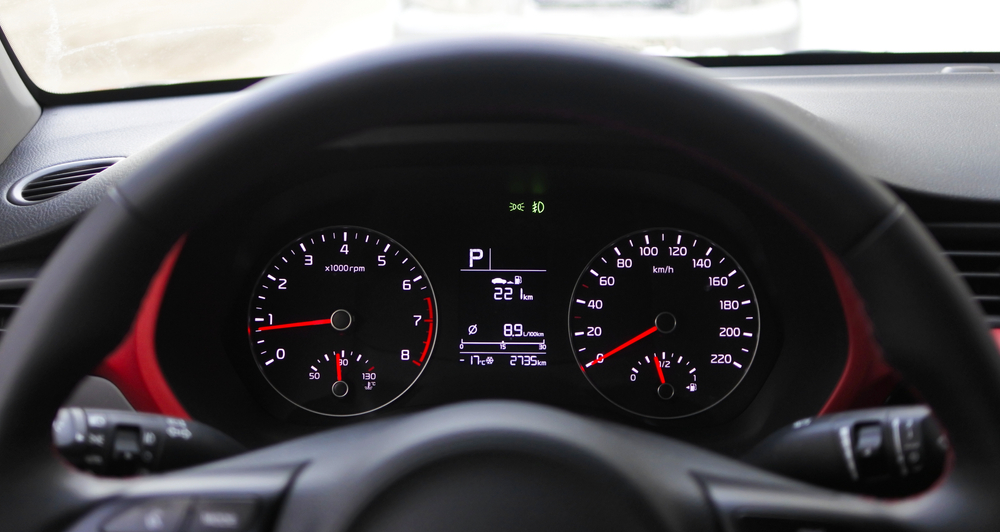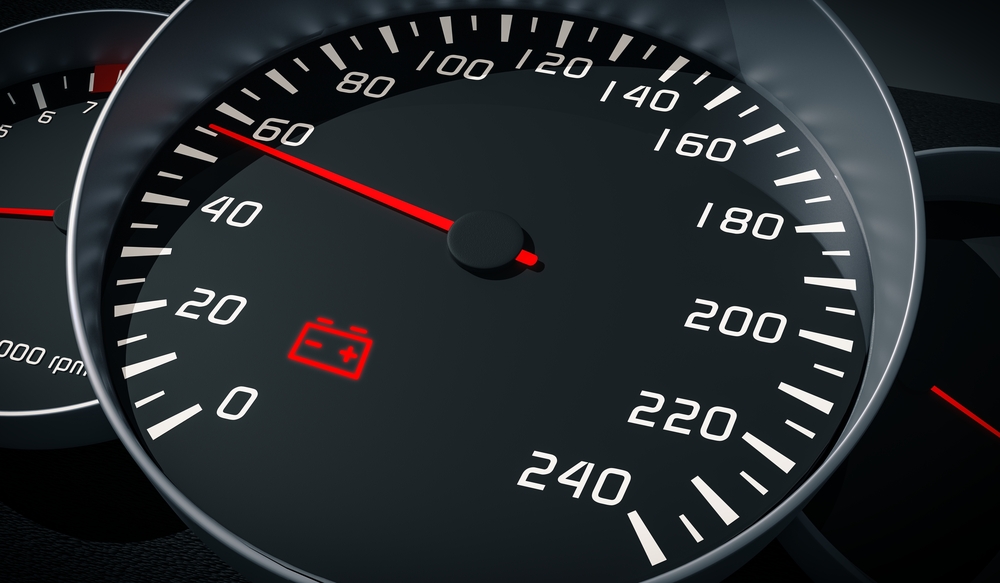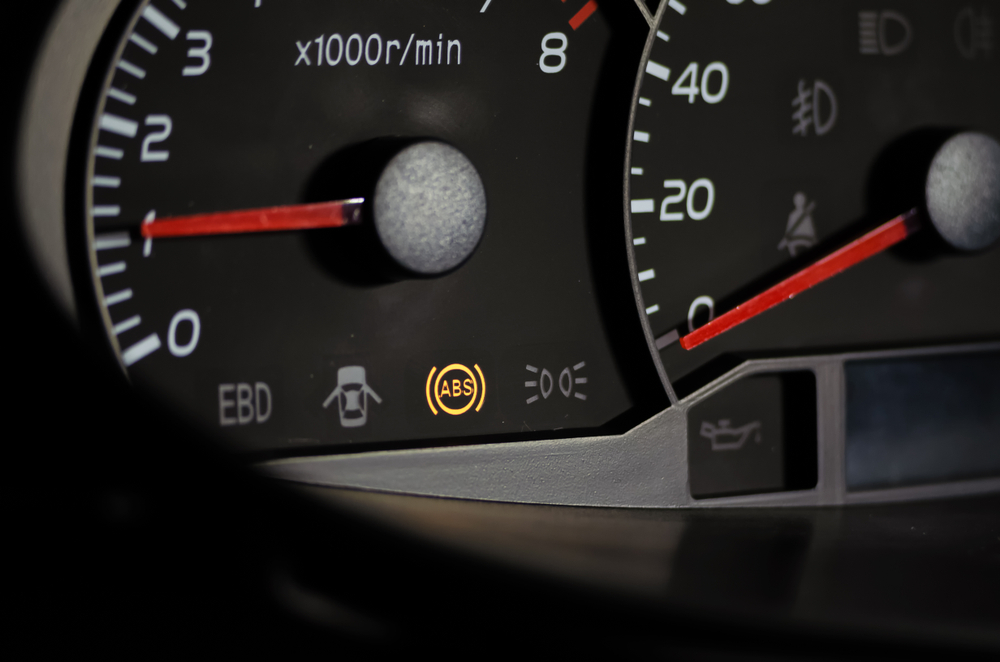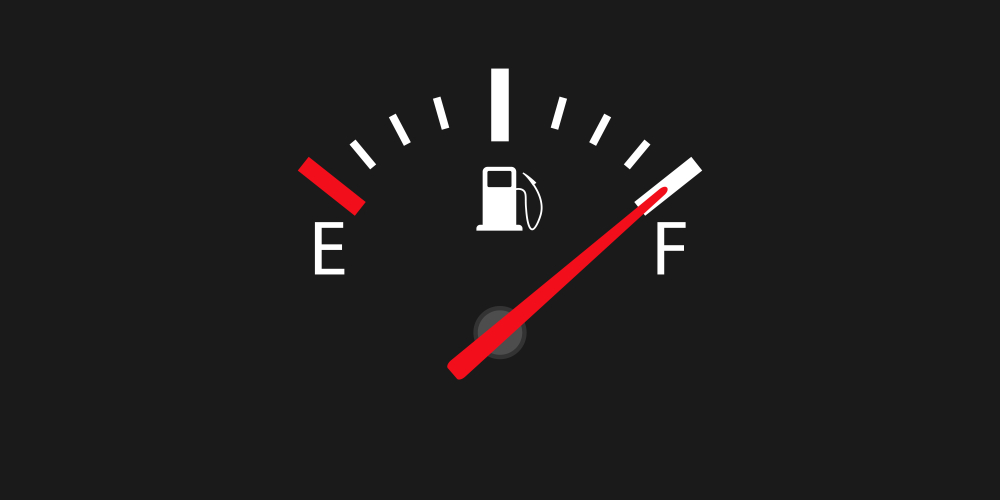Do you know what these symbols on your car dashboard means? Would you know how to respond if and when they light up?
 The modern driver is sometimes faced with symbols and gauge information that sometimes has him frantically looking through the car’s manual just to make heads or tails of them. Most times, we only need to take heed of a few important indicators. The ones that follow designed to keep your car in working condition and also keep you safe!
The modern driver is sometimes faced with symbols and gauge information that sometimes has him frantically looking through the car’s manual just to make heads or tails of them. Most times, we only need to take heed of a few important indicators. The ones that follow designed to keep your car in working condition and also keep you safe!
 Engine Temperature Gauge
Engine Temperature Gauge
The Engine Temperature Gauge keeps tabs on the operating temperature of the engine coolant. When the warning symbol turns, it indicates that the engine is overheating — this can be due to a lack of coolant, a faulty thermostat, or a faulty coolant system caused by, say, leakages.
When this symbol lights up, you should shut off the air conditioning and immediately look for a safe opportunity to pull over and stop the car. Turn off the ignition and let the engine cool off. An overheated engine can quickly cause serious engine damage, so make sure you get a mechanic to diagnose the problem.
 Battery Charging Indicator
Battery Charging Indicator
When you start your car, this symbol usually lights up for a few seconds before turning off. If it continues to stay on as you’re driving, it’s a sign that there’s a problem with the charging of the battery, which usually means that the battery has gone bad or the alternator had stopped working. You will likely notice other signs, such as the power windows operating slowly or problems getting the radio to turn on.
This doesn’t necessarily mean you need to replace your car battery, as it could be due to a faulty alternator, corrosion, or loose cable clamps. If those issues are taken care of and the battery symbol still stays on, then try reducing the number of accessories that may be draining the battery faster than normal. If that still doesn’t work, get a certified car technician to have a look at the charging system as well as the battery. Check Engine Indicator
Check Engine Indicator
This is one indicator that seems to cause the most distress to drivers fearing an expensive fix. When turned on, there are a number of issues the engine computer is trying to convey. Sometimes, it could be a temporary problem and the indicator switches off after a short while.
But if the indicator stays on, then it could mean a number of things. Something small like a loose fuel cap or a blocked filter can be easily taken care of. You could also try reducing your speed or check that your engine isn’t overheating. If that fails, it could be a mechanical issue, like an incorrectly installed mass flow sensor or a faulty oxygen sensor, in which case you should get a servicing professional to assist you.
 ABS Light Indicator
ABS Light Indicator
The ABS system does a self-check every time you turn on the ignition. It enables a driver to make an emergency stop without delay; if it stays on, it means that the anti-locking braking system is not working properly. This doesn’t mean your brakes are not working, but it does mean that, if you need to make an emergency stop, the ABS might not engage. If both the ABS and brake system light come on at the same time, it means your car’s braking system has a serious issue and it is no longer safe to drive. Fuel Indicator
Fuel Indicator
The fuel gauge indicates the amount of fuel left in the tank; when fuel is running low, the indicator lights up. This tells you that you should start looking for a petrol station as soon as you can. Some cars have a gentle alarm ding to direct your attention to the situation. If the indicator starts flashing, it could mean that there is a problem with fuel gauge. Driving on low fuel for any extended period of time is not ideal.
 Tyre Pressure Indicator
Tyre Pressure Indicator
This indicator informs the driver that the tyres have lower-than-recommended air pressure for safe and optimal performance. Some cars have tyre pressure monitoring systems that display real-time air pressure in each of the four tyres. Don’t ignore the indicator even if you feel your car is driving well. Low pressure could be the result of a leak or a puncture, or simply because you underinflated your tyres. This could lead to undue tyre wear and possible tyre failure.
Keep tabs and pay attention to these important indicators and know what your car is trying to tell you. It could end up saving you expensive repairs or even prevent you from getting into an accident!



